Here is the future of virtual reality filmmaking: The new capture device from Samsung has 16 HD cameras with 360º 3D viewing. So cool! Check out this article from PC Magazine by Damon Poeter and this YouTube Clip for the details:
SAN FRANCISCO—What’s better than experiencing a really cool virtual reality demo? The prospect that you may be able to create your own awesome, vertigo-inducing VR content someday soon.
That’s the tantalizing potential of Samsung’s Project Beyond, a prototype 3D 360-degree omniview camera platform which the tech giant unveiled this week. PCMag had a chance to take a look at Beyond and experience some all-too brief demo footage shot with the disc-shaped, prototype device here at the Samsung Developer Conference.
Beyond isn’t an actual product with a release date or price, so it’s impossible to say if the lightweight, multi-camera device will ever be made available to consumers. But we can certainly hope that this gadget or something like it does get released.
Whatever the price tag might be for a Frisbee-sized device that can capture 360-degree, 3D video, it’s sure to be a lot more affordable than the bulky, custom-built camera rigscurrently being used to create live-action VR content.
Beyond has 16 Full HD, stereoscopic cameras positioned along the narrow curve of its body in clusters of two, each angled at 45 degrees to its adjacent unit so as to capture the surrounding world with overlapping coverage. Another camera is situated at the top of the device. Samsung says Beyond captures and processes 35 megapixels per frame at a rate of more than a gigapixel per second.
The device uses a “patent-pending stitching system to knit together an immersive view of the world,” giving you a seamless, high-definition view in all directions but straight down while wearing Samsung’s Gear VR headset. There’s a main processor running the show on its disc-shaped motherboard, which apparently runs hot enough to require a fan positioned at the top of the inner casing. Other components in the system include storage chips, image sensors and controllers, and batteries.
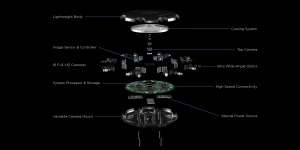
The bottom of the device’s case includes a camera mount. Beyond also looks to be a good candidate for installing on a drone.
Don’t be surprised if Samsung actually delivers on Project Beyond. At times, it seems like virtual reality is one of those great new next-gen technologies that’sperpetually arriving six months to a year from now. To be sure, there are VR systems you can buy, like theOculus Rift, but they’re generally classified as dev kits or working prototypes and you have to jump through some hoops to acquire them.
Enter Samsung, which this week saidit’s ready to drop a mostly finished Gear VR on the market before the year is out. The first-gen headset is called the “Innovator Edition,” suggesting it’s still in Google Glass territory to some extent, but Samsung already appears to be marketing it as more than just a dev platform.
What’s more, Gear VR has a clear tie-in to another major product for Samsung. Since the headset relies on Samsung’s Galaxy Note 4 $0.00 at Amazon to work, there’s an incentive for the company to push it as a considerable value-add to its smartphone customers.
Samsung’s Gear VR doesn’t have its own independent display and processor like other early-stage VR products on the market. Instead, you slot the Qualcomm Snapdragon 805-powered Note 4 sideways into the headset frame, turning the phablet’s quad HD display into an immersive, low-latency virtual reality projector capable of 360-degree, 3D visuals and 4K playback.
Samsung’s Project Beyond Reel
Perhaps it’s not top-of-the-line virtual reality, but Samsung and its Gear VR development partner, Oculus VR, have managed to deliver a good-enough VR experience with the device. And it’s probably the right kind of system for the sort of brief, live-action content amateurs would be able to create with a complementary Project Beyond camera.
At least, that was my impression after tooling through three Project Beyond-generated sample reels here at the conference. All three were just over a minute long and seemed like the sort of VR movies just about anybody armed with a Project Beyond device could create.
The first demo, a stroll around San Francisco’s Palace of Fine Arts, offered a calm, colorful setting to explore. A second clip presented a view from a cliff overlooking Northern California’s Pescadero Beach, a more harrowing experience than the first. My favorite reel, though, captured a Halloween party in an unremarkable break room at some office location, the otherwise dull surroundings livened up by costumed characters dancing in and out the space.
Perhaps it’s because my VR exploits so far have mainly deposited me into action-packed, CGI-generated game settings, but I have to say that the combination of Beyond-captured live footage and Samsung’s Gear VR provided me with my most pleasurable virtual reality experience to date.
Latency was excellent even as I scanned quickly around my environment and there was no inkling of the nausea I’ve flirted with in other VR demos. Samsung claims its camera placement and image-stitching technology “recreates the geometry of the human eyes, producing unparalleled 3D perception,” so perhaps it’s that.
At any rate, whether or not Samsung releases Beyond to the general public, the company said it will be delivering VR content created with the device for free and on a regular basis to Gear VR owners.
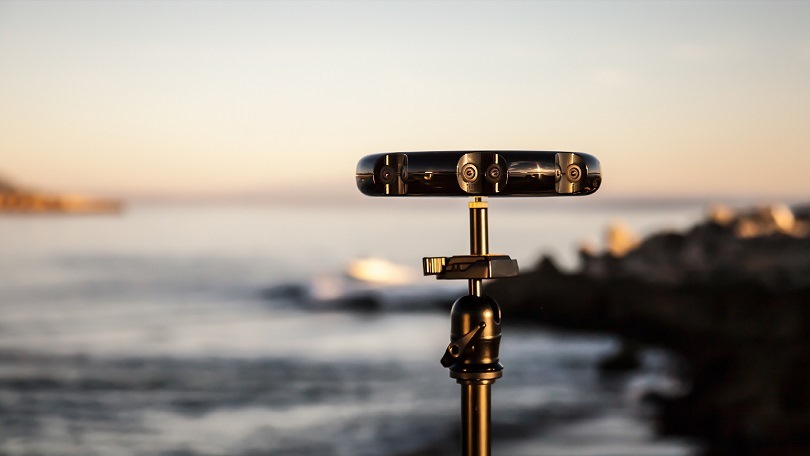
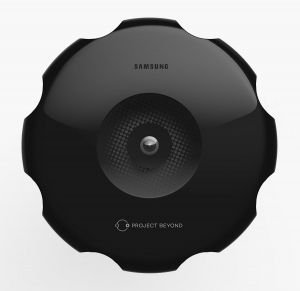
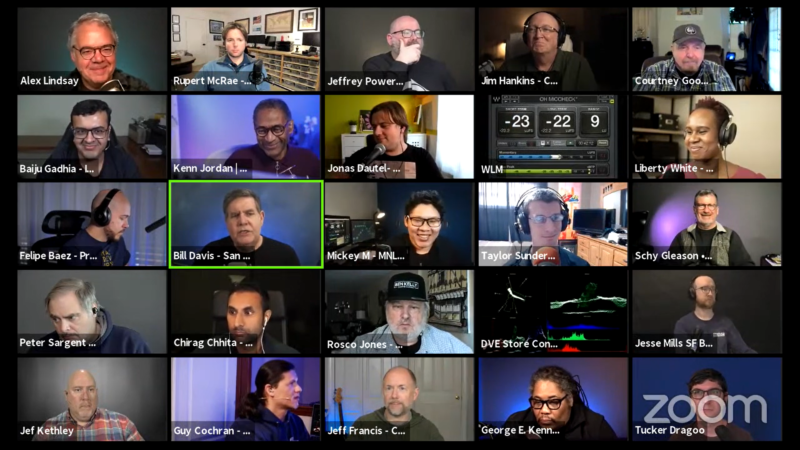



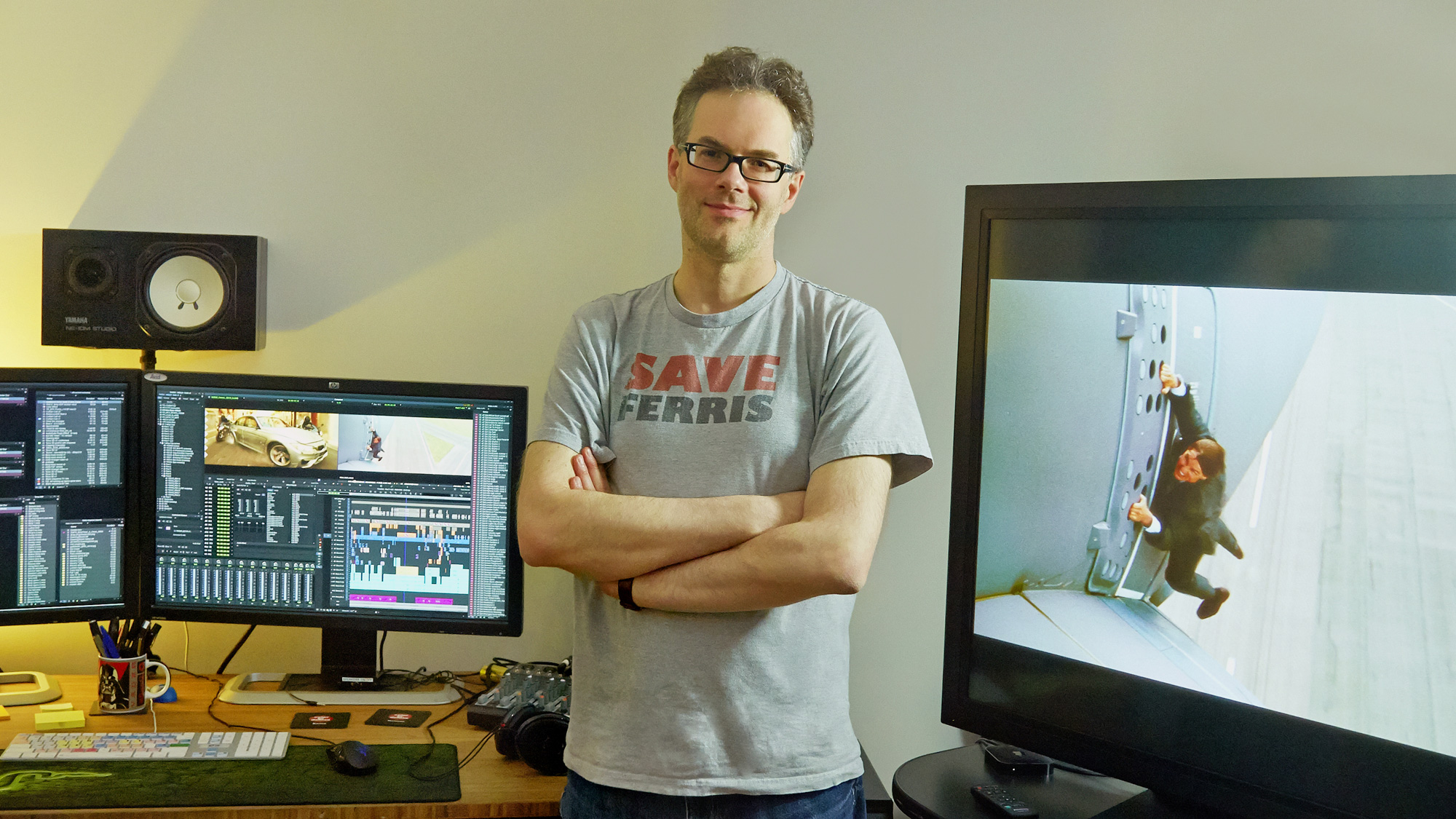
You must be logged in to post a comment.